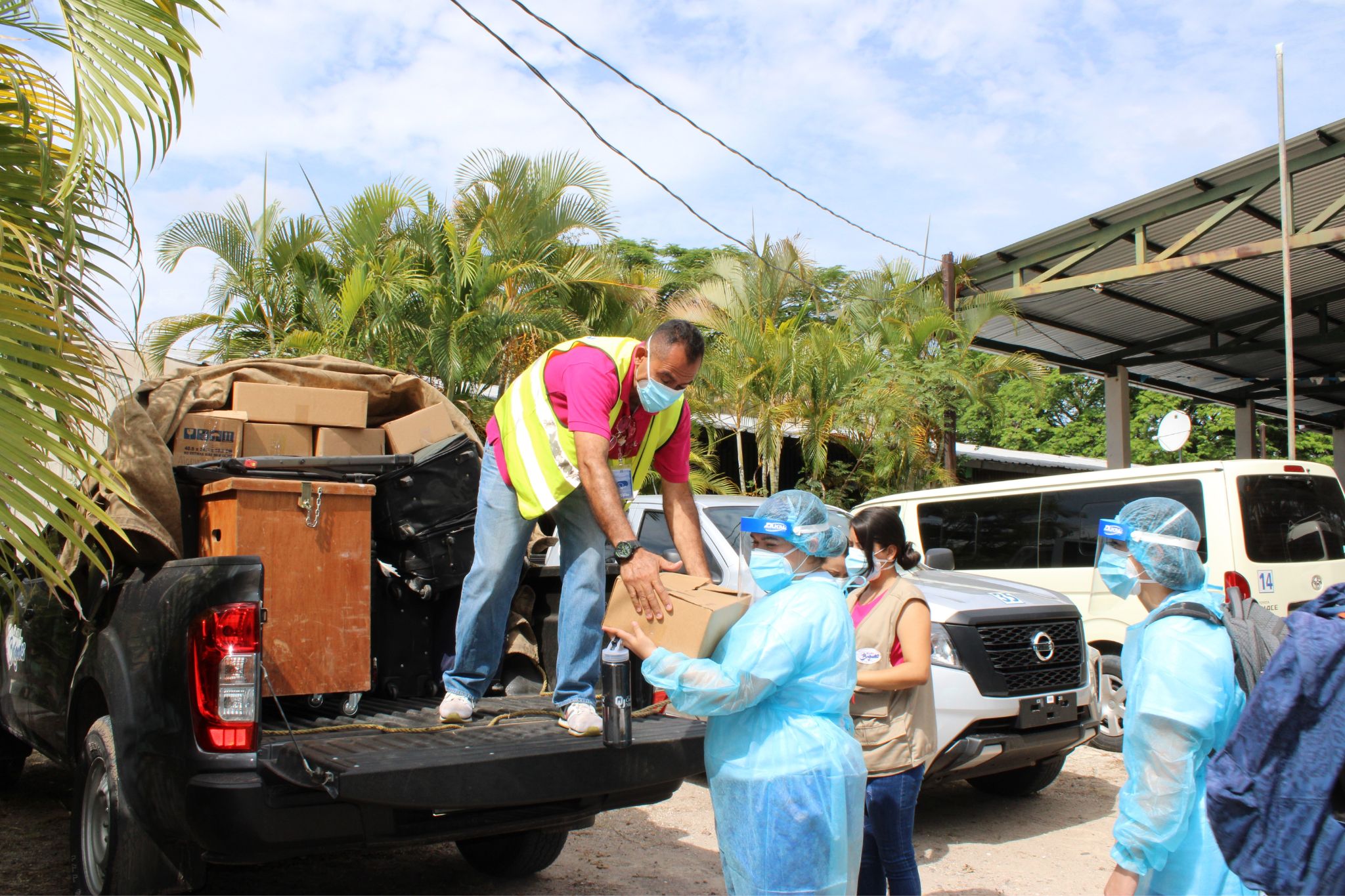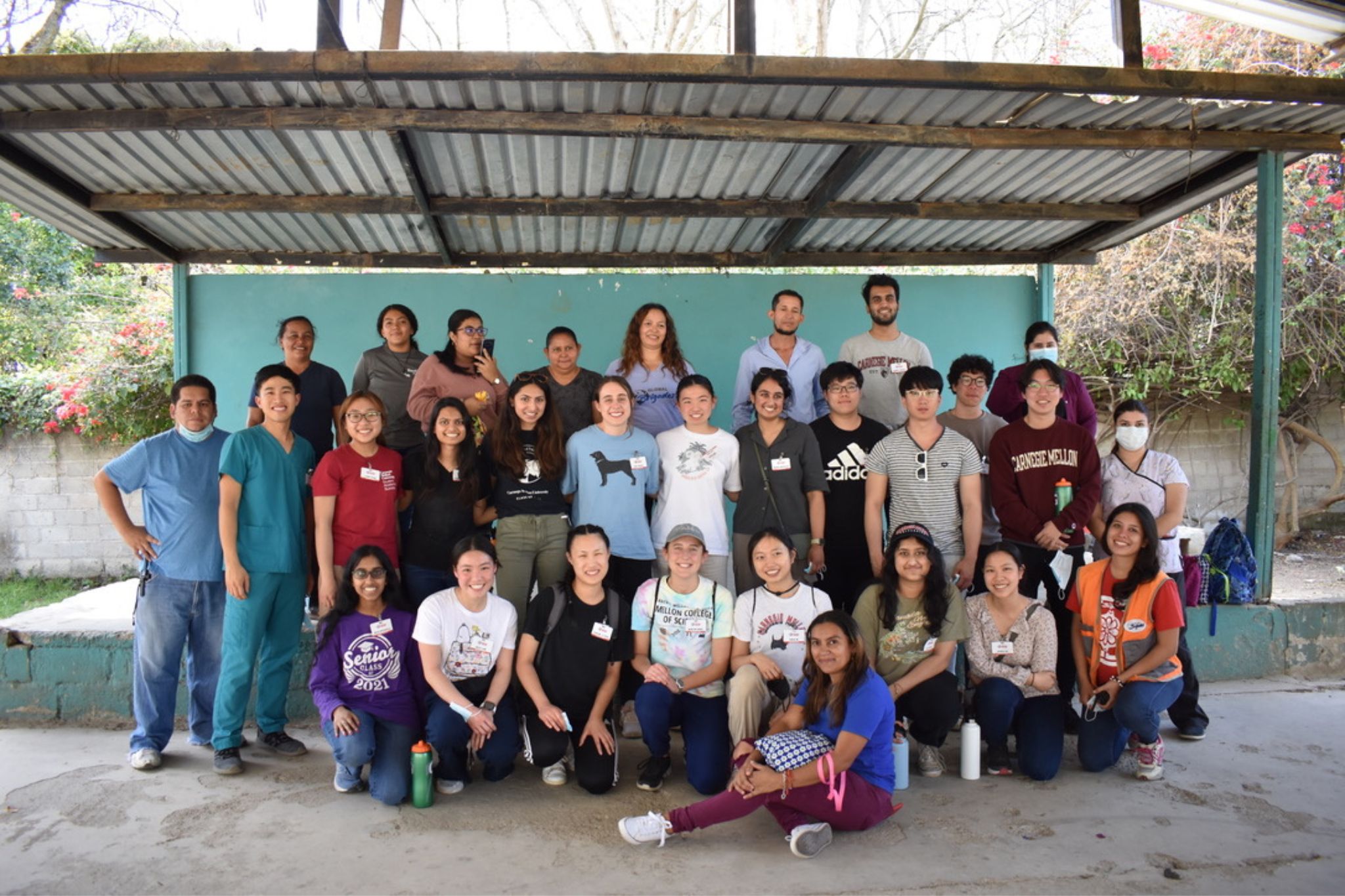In an increasingly online world, it can be hard to avoid the pressure of feeling like you need to comment on every social issue that’s trending. The result is often performative activism.
This is social media activism that begins and ends online without any effort to do good in the real world. The motive is typically self-serving, even if it’s just a boost of positive attention from friends and family online.
There are ways to use available social media platforms for good, and there are ways to find genuine commitments for positive change. Let’s get into all of it, including how to find more sustainable volunteer opportunities when you’re ready to get offline.
What Is Performative Activism?
Performative activism is an effort to appear supportive of social justice issues online to boost your social capital. It may be for attention, clout, or a form of virtue signaling to let your followers know that you stand with real-life activists on social justice concerns.
While it may all sound like no big deal, performative activism has a broader impact. It takes attention away from the issues themselves and puts the spotlight on influencers and performative activists.
Think about how often you hear celebrities commenting about the latest social justice issue rather than the issue itself. Do you leave the post with the impression that real, measurable change has occurred?
On a more personal level, it can be difficult to identify performative activism in your actions, especially once you get positive reinforcement online. Online kudos feel good. Doing good in a real-life way will always feel better, though, and you’ll help communities who need you in the process.
Evaluating Your Motives for Volunteering
Volunteering both domestically and abroad can quickly dip into white saviorism if you’re not careful. The white savior complex is a term used to describe people offering and providing aid to communities they describe as disadvantaged.
It may sound like the intentions are good, but the motives are often self-serving. It’s essentially the offline version of performative action.
When it comes to volunteering, it’s even more important to think hard about your intentions. You’re going to interact with real people and potentially change the trajectory of their lives.
Not only does it matter that you’re volunteering for the right reasons, but it’s also crucial to find a sustainable volunteering opportunity. Sustainable volunteering works to address the root cause of issues as active change makers, instead of reactive.
By partnering with organizations committed to sustainable, empowering change, you’ll be able to affect real change without attempt to “save” those you partner with.
Here are a few questions you can ask yourself to make sure your volunteer efforts are ethical and sustainable:
- Why am I interested in volunteering?
- If I’m going abroad, why am I choosing this country?
- What do I know about the community I plan on supporting?
- Do I have any pre-existing perceptions or biases about that community?
- Do I want social media recognition for my efforts?
- Is it more about meeting my personal goals or community needs?
- What is my personal connection to this volunteer effort?
Working with a reputable organization that supports sustainable volunteer efforts abroad is a great place to start. You don’t have to figure it all out on your own.
Ready to join a movement for sustainable change? Learn more about Global Medical Brigades, the largest student-led movement for global health. If you can’t travel but want to partner with us, consider a Medical TeleBrigade. You can help make positive change virtually, too.
Red Flags
It can be hard to identify what performative activism looks like, especially when social media feels like the best way to get the word out about important issues. Let’s start with a few obvious examples of performative activism.
What is an example of performative activism in social media? An example of performative activism in social media is jumping on trends following news of social justice concerns.
Responses to reports of police brutality and the Black Lives Matter movement are a good place to start. Recently, many influencers have spoken out (often citing uninformed “facts”) about the Hamas/Israel conflict that began in October 2023.
Black Lives Matter
After the murder of George Floyd by Minneapolis police officers, social media users jumped on the bandwagon of #BlackoutTuesday. People posted black squares as a show of strength against systemic racism in America.
Immediately following the Floyd death, many people threw up additional hashtags in support of Black Americans like #BLM and #BlackLivesMatter.
Unfortunately, this diluted efforts by in-person activists who were using social media and hashtags to communicate protest initiatives on the ground.
This caused confusion on top of criticism that the black squares were distasteful.
Social media signaling by the general public can reduce the impact of a movement to hashtags and profile pictures with no legs to stand on. What is often needed is legislative change brought about by ground-level activism.
Pride Month
Another popular example is rainbow washing during Pride Month. Rainbow washing occurs when a person or business maintains political and social neutrality while displaying support of the LGBTQ+ community.
This show of support does more harm than good if it isn’t followed up with steps to advance equity and inclusion for individuals who identify as LGBTQ+.
What happens once the month is up? Are the actions driving sales away from small businesses that actually work with or are owned by members of that community?
Asking these questions is important so that we may begin to identify red flags within ourselves and the businesses we support.
How to Identify Red Flags
Identifying red flags when it comes to performative activism involves quite a bit of self-reflection. You may not like some of the answers, but that’s an important part of the process. Once you know what to look for, you can make sure your future actions are more meaningful.
Here are a few questions to ask yourself as you identify the red flags of performative activism:
- Is my involvement superficial? How do you plan to act on the issue after that social media post? If you’re not a member of the affected community, consider whether you’re the right person to be posting about this issue in the first place.
- What do I really know about the issue? If all you know about a topic is what you’ve read on social media, you likely don’t have a complete grasp of that issue. Educate yourself on the nuances involved before diving in.
- What do I gain from this action? Answer this one honestly. Doing good feels good, but you need to examine whether what you’re posting online is about clout or the greater good. What do you hope your action accomplishes?
- What am I contributing to the conversation? Trending topics can get pretty noisy quite quickly. The result can drown out real activists’ voices. Think about whether what you’re saying really needs to be said or if you’re just looking for those likes.
- Do I shy away from uncomfortable topics? If you find yourself posting about things that are popular or trendy at the moment, ask yourself why that is. Be honest with yourself as you examine possible biases and misconceptions about different communities.
Once you’re able to spot red flags in your actions, you can address them and even avoid them in the future.
How to Address Red Flags
You can turn performative acts into genuine, meaningful activism. Here are a few strategies to make that happen:
- Educate yourself first. Before you start resharing infographics about the latest hot-button issue, consider whether you need to do some learning about that issue first. Successful activism comes from a place of education and an examination of personal biases.
- Engage in meaningful conversations. Talk to people in the affected community. Talk to activists who have made these issues their life’s work. Consider their advice on how you can get involved in a more meaningful way.
- Make it personal. Find a personal connection to a cause affecting people in the community. You’ll be more likely to get beyond surface-level activism this way and more likely to embrace activism as more than a short-term goal.
- Don’t expect recognition. It’s natural to want attention for doing good in the world, but part of being an ally is making sure to prioritize the voices of affected communities over your own.
- Share your story. It can be easy to get defensive when you’ve been called out for performative activism, but sharing how you’ve changed can be a powerful thing. Find others who have been in (and come out of) the same boat.
Green Flags in Volunteer Partnerships
Volunteerism, even voluntourism, can be a genuine experience for everyone involved if you know what to look for before signing up. Here are a few green flags to consider as you seek out volunteer partnerships:
- You want to make a long-term commitment. Voluntourism can work when it’s done well. Think about issues you care about enough to sustain your support long-term. Personal connections to a cause can help. This is one reason Global Medical Brigades requires participants to be in a school year-round Brigade Chapter to truly understand our partner communities’ needs and realities.
- You prioritize the community’s needs over your own. At the end of the day, it’s not about you. Once you get to a place where you’re OK with stepping aside to give others a voice, you’re ready for a more genuine experience.
- You want to collaborate vs. dictate the terms. Being an activist and impactful volunteer is about listening as much as it is about doing. Talk to leaders on the issue. Make a plan to act based on their experiences over your own.
- You want to use your expertise. It’s easier to embrace a long-term volunteer commitment if you feel like you’re using what you know for good. If you work in marketing, consider the fundraising side. Join a Global Medical Brigade if you’re a pre-med looking for meaningful, sustainable international volunteer opportunities.
- You understand what’s required of you. If you’re not able to deliver based on an organization’s requirements or message, that’s OK. It’s important to be honest with yourself before making a commitment.
FAQs
What is another term for performative activism?
Another term for performative activism is slacktivism or performative allyship.
What is the difference between slacktivism and performative activism?
The difference between slacktivism and performative activism is minimal. Slacktivism is basically the laziest form of performative activism, like a repost or use of a hashtag.
What is real activism vs. performative activism?
Real activism is a sustained effort to create meaningful change in support of a cause. Those efforts are tangible. Performative activism turns the spotlight on the “activist” for self-serving reasons without a true commitment to that cause.
Takeaway
We need genuine activism to enact social change. We need genuine volunteerism to support sustainable development in partner communities. It starts with self-reflection, but if you find yourself wanting to do more, follow that desire up with genuine action.
If this article helped you see some performative blind spots, know you’re not alone. We all have them. Consider sharing this article and what you learned with others in your community.
Continue reflecting on the personal motivations behind your actions and then take steps to join in real efforts to support a more sustainable world.
If you’re an aspiring physician with an interest in global health, join or start a Medical Brigade Chapter. Our holistic model prioritizes partnering with communities to support sustainable, welcome changes for a tangible impact. Get in touch with us today.



.png)

